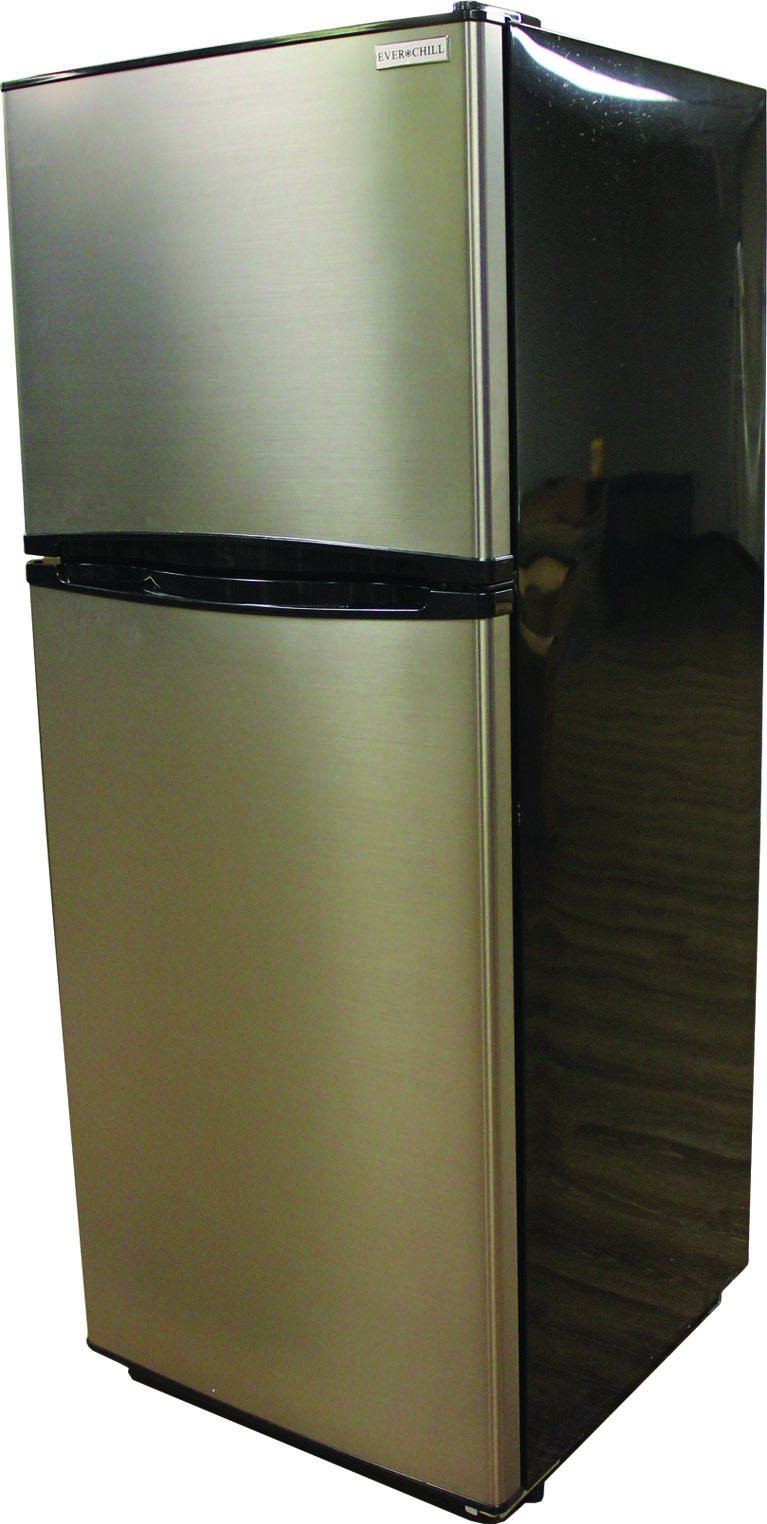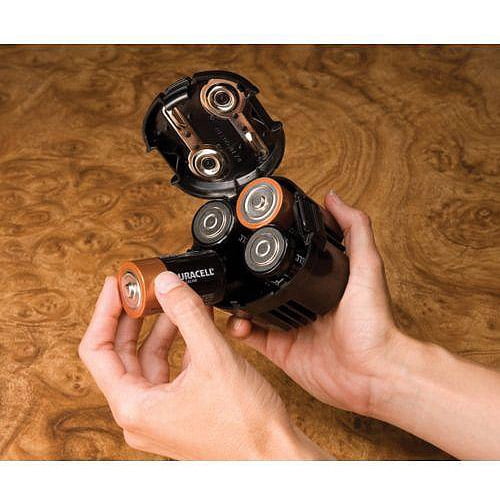

4d batteries series#
Step One: “Conditioning” the Batteryįirst we conditioned each battery at room temperature by discharging it to a 50-percent depth of discharge (DOD), and then waited six hours for the battery to cool before recharging the battery with Xantrexs new XC5012 series three-bank/50-amp digital battery charger. Though written for flooded cells, we felt that it was fair and would return some real life data. (a respected battery manufacturer that is neutral to our test as they currently do not manufacture a VRLA battery), we decided to follow the SAE J537 Standard Test Procedures for Storage Batteries that is endorsed by the Boating Council International. In consultation with the Rolls/Surrette Battery Co.
4d batteries crack#
Knowing that we would be unable to crack open the batteries containment cases and evaluate each product from the inside out, for obvious reasons we had to come up with our own non-destructive test. Our intent was to evaluate each battery’s deep cycle reserve capacity.īecause AGM and gel batteries have a sealed case design and lack liquid electrolytes, the use of a hydrometer to test the charge status of a battery electrolyte was not an option. The test field consisted of three gelled electrolyte batteries, six traditional flat-plate AGM batteries, and one spiral cell AGM battery. We selected 10 of the most popular VRLA deep-cycle batteries in the groups 27-31 (about 100Ah) case size. Each time a deep-cycle battery is discharged 100 percent, the battery will lose at least one cycle of the battery’s total lifecycle rating. It is not recommended to discharge your deep-cycle battery below a 50-percent depth of discharge, which is half of your battery’s reserve capacity rating.
4d batteries install#
If you decide to upgrade, remember to factor in the additional costs required to modify your vessel’s battery charging system to satisfy the VRLAs demanding charging regime, unless you are going to install spiral cell AGM batteries, which are compatible with most alternators. This is because the internal plates on an AGM battery receive additional physical support from the compressed fiber mats sandwiched between each lead plate.ĭeep cycle VRLA batteries can cost about double what an average-grade deep-cycle flooded cell battery costs, or about 20 percent greater than a premium-grade flooded cell. Unlike most automotive-grade flooded lead acid batteries, AGM batteries will not drop a plate or disintegrate when subjected to pounding in rough seas or excessive hull vibration. VRLA batteries’ low self-discharge rate is far superior to that of flooded lead-acid batteries, making lay-up time maintenance-free.

After the first fathom of water, the point is probably moot.


When faced with a flooded bilge situation, VRLA batteries will continue to operate submerged up to a 30-foot depth. If you plan to mount a gel battery on its side, expect to lose 10 percent of its amp-hour (Ah) capacity. Valve regulated lead acid (VRLA) batteries, because of their sealed spill-proof design, can be mounted in any position, except inverted. As boat manufacturers build larger house battery banks to keep up the load demands, they are faced with two choices: Build a battery bank out of traditional flooded cells, or embrace new technology and opt for a battery bank that is as progressive as their boat design.ĭeka SeaMate/Deka Dominator | Energy 1 Marine Battery | Lifeline AGM | Mastervolt AGM/Gel | Optima Spiral Cell | Trojan AGM | SeaVolt SeaGel The Pros and Cons of Valve-regulated Lead Acid (VRLA) Batteries What all of these accessories have in common is an incredible appetite for DC power. Bow thrusters once reserved for only the largest mega-yachts are now routinely found on vessels under 40 feet, and DC power inverters are almost as common as windlasses. However, boat technology and boating habits are changing. Even though most flooded cell batteries require electrolyte maintenance, contain spillable corrosive acid, and vent explosive gasses when severely overcharged, they still provide an energy reserve that is tolerant of a wide range of recharging voltages and is universally available. This is primarily because of its low initial cost when compared to similarly sized AGM and gel batteries. The most widely installed battery on new, entry-level, production boats is still the flooded cell battery. We’ll focus here on deep-cycle AGM and gel batteries to find the best deep cycle marine battery. Lead acid batteries are further sub-grouped into three application-based categories: starting, deep-cycle, and dual-purpose. There are three basic types of storage batteries used in the marine industry that is constructed of lead and acid: flooded or wet-cell batteries, AGM (absorbed glass mat) batteries, and gel (gelled electrolyte) batteries. The term lead acid battery usually conjures up the image of a standard flooded cell battery commonly found in cars and 80 percent of all production boats.


 0 kommentar(er)
0 kommentar(er)
